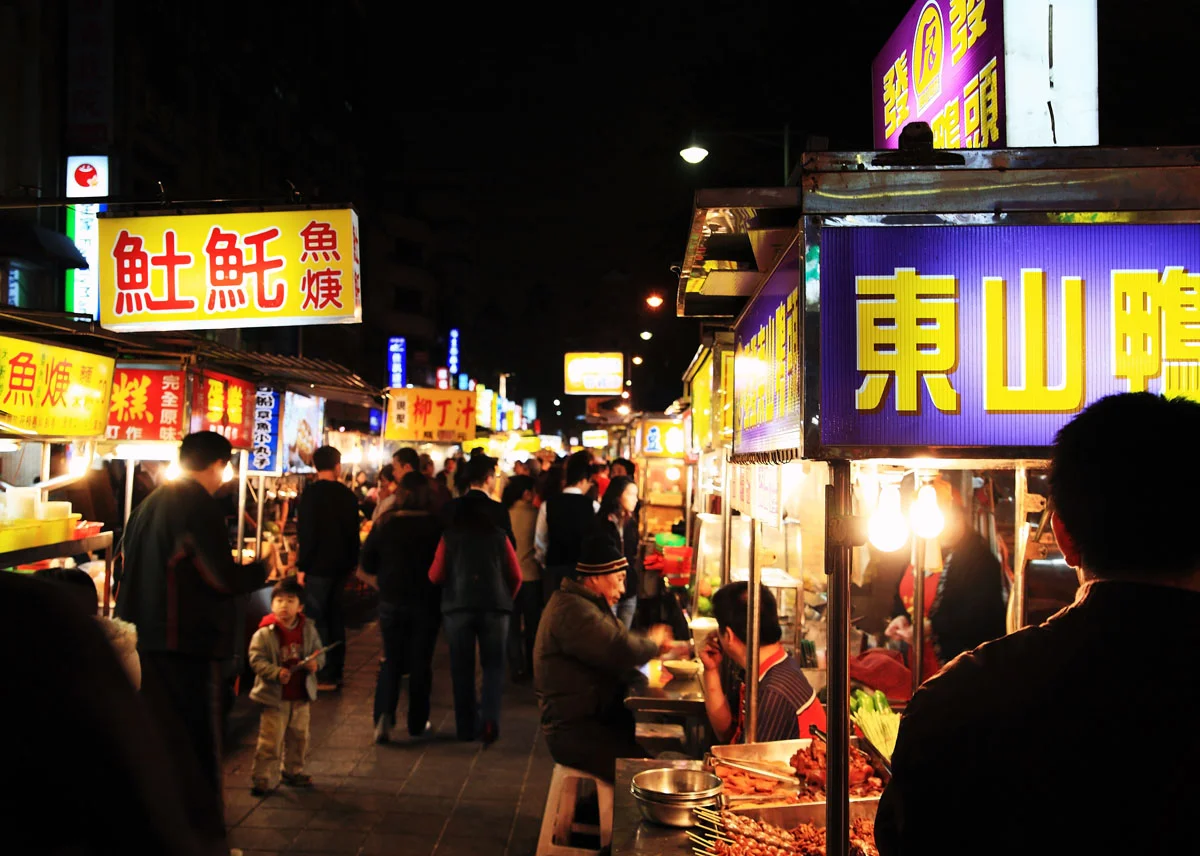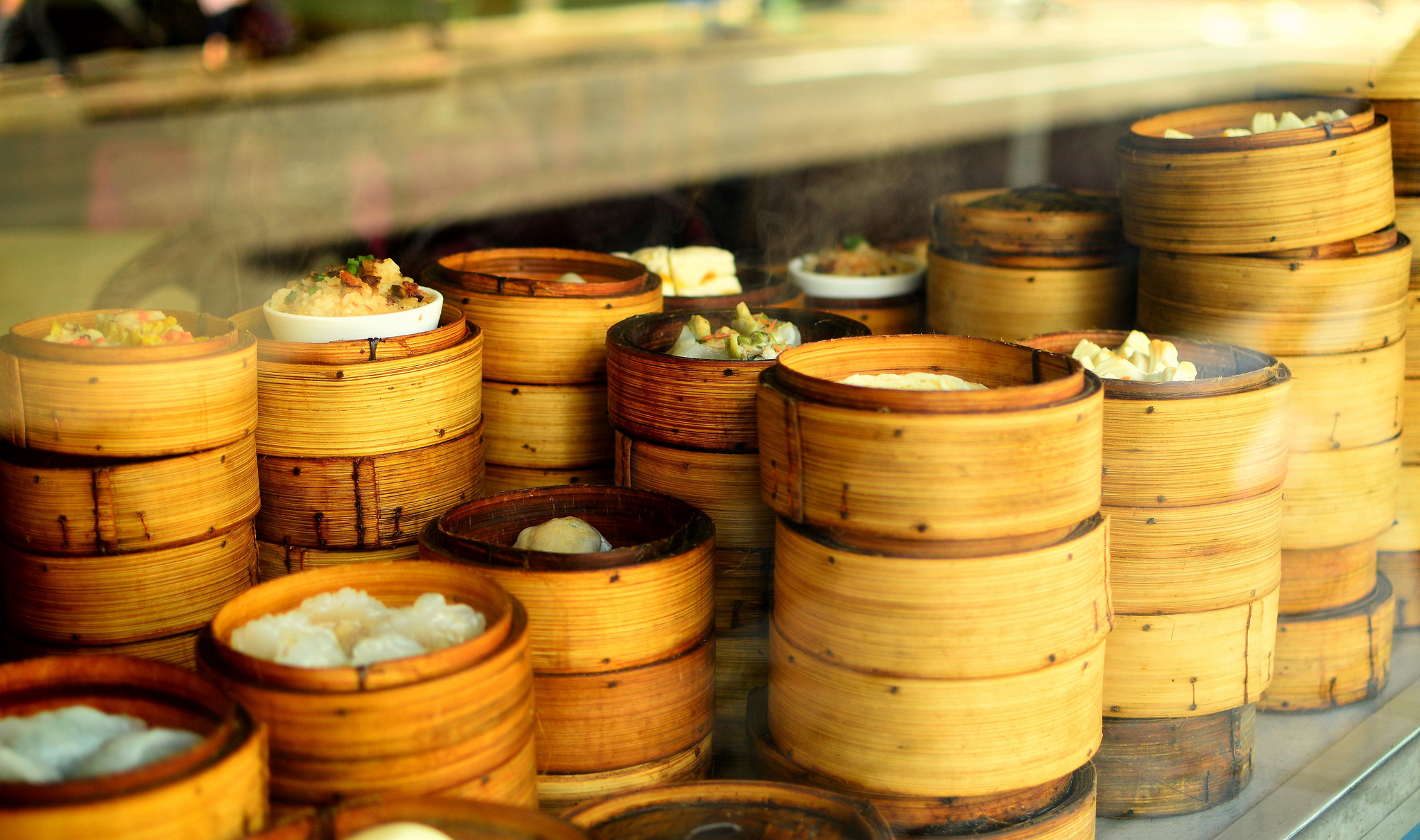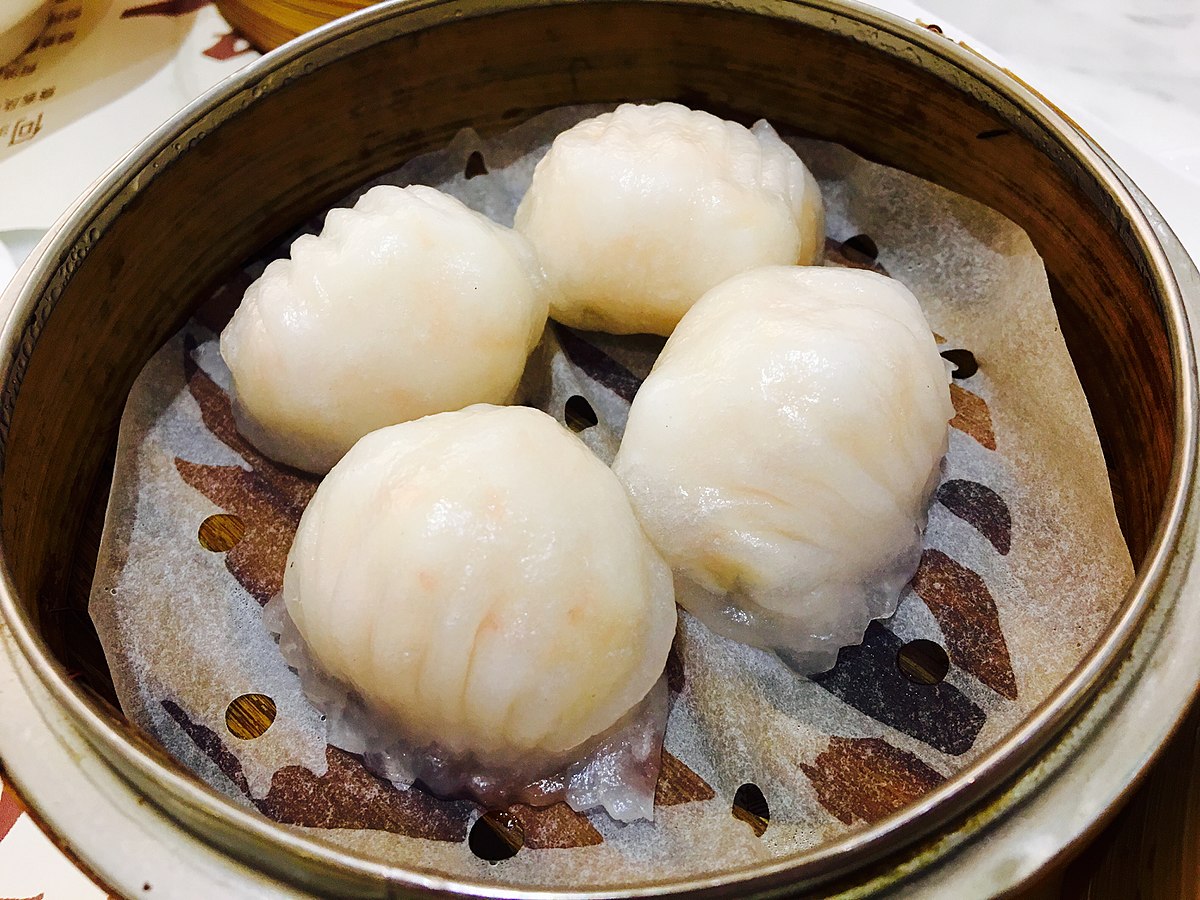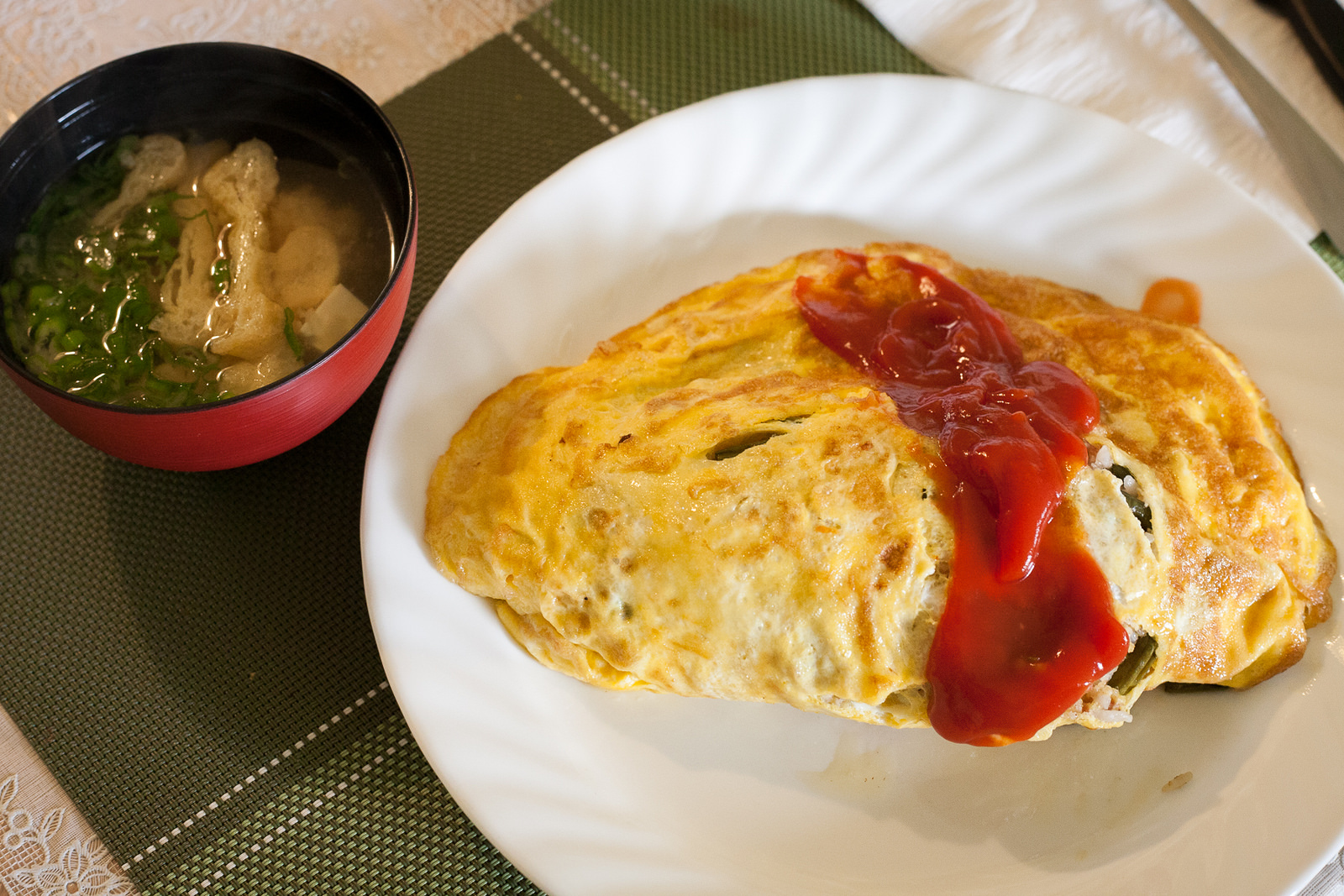What Your Kids Should Eat in Hong Kong
/Little bites let you try lots of dishes
Much of the “Chinese food” we are familiar with in the West comes from the mass emigration from Southeast China’s Guangdong and Fujian provinces in the 1800s. So you might think that Hong Kong, at the intersection of those two lands, would have similar flavors to what you eat in your North American town. But, you’d be mistaken! While “North American” Chinese dishes in the 1800s-1900s were improvised from limited and often-substandard resources, in Hong Kong chefs and families could draw upon the freshest quality ingredients from the sea in front of them and the farmlands behind, plus ready access to the trade routes from India to Japan for spices and rare delicacies.
As the British built up Hong Kong, they also created a conduit for talent and learning to flow back and forth with Europe, so that not just English but also French, Italian, Greek, Persian, and Arabian influences came to the colony’s native Cantonese cooking. And after reunification with the mainland, the city had an intense period of catching-up with regional Chinese styles.
So today’s Hong Kong food scene is truly like nowhere else on Earth, and every block has something unique to offer your family! Here are some signature dishes to get you started:
Image by Jason Jacobs via Flickr, CC 2.0 license
Dim Sum:
We’ve put a whole article up about how great this dining concept is; and yes, there are wonderful restaurants specializing in these small plates all over. But Hong Kong is the town that perfected the style. You simply can’t take the kids here and deny them the stories they’ll tell their friends about all the weird dishes they saw! Be sure to grab some of these off the carts:
Image by Takeaway via Wikimedia Commons, CC 3.0 license
· Char Siu Bao
These puffy steamed buns are great for pulling apart and sharing. The dough is a simple, soft bread and the filling is a slow-roasted sweet pork, dripping in its honey-textured sauce. Sometimes you’ll see them baked instead of fried, and with that technique the restaurant will glaze the tops so they are golden and shiny. They’re a great to-go item!
Image by Ralf Roletschek via Wikimedia Commons, CC 3.0 license
· Shumai
These open-faced dumplings are made with finely diced pork, shrimp, and mushroom (so all the flavors mix together), and often have a tiny decoration on the top, like fish eggs, carrot, or peas. They’re meant to be eaten in just one bite.
Image by ZhengZhou via Wikimedia Commons, CC 4.0 license
· Hargow
“Crystal skin” shrimp dumplings, so thin you can see through them, but still strong enough to be held with chopsticks – just for one bite. Very light and meant to show off the flavor of the shrimp.
Image by Chaw Chun Wa via Wikimedia Commons, CC 3.0 license
Congee
We call it “the ultimate comfort food” for its warmth and simplicity. Some parts of China consider it children’s food, but in the south it’s universally eaten for breakfast or as a mid-day side dish. The flavor in the porridge comes both from the stock the rice was cooked in, as well as the choice of add-in ingredients. A basic congee will have some snappy strings of ginger, a little bit of onion, and a little bit of meat. But the bowl is a canvas for what you and the cook want to add! Congeee will be served at a dim sum restaurant, but there are also shops that specialize in it, and those are worth checking out.
Image by Heyheyng via Wikimedia Commons, CC 4.0 license
Egg Waffles
Regular waffles are wonderful except they’re hard to walk around with and eat on the go. Clever street-food vendors in the 1950s in Hong Kong created special skillets with egg-shaped pockets that allowed the batter to puff so the outside is crispy and the inside is cakey – with enough space between the puffs that the whole waffle could be rolled up in a cone, and pulled apart to be snacked on while walking or riding. Look for street stands selling these at any time of day, or dedicated bakeries for them.
Image by ProjectManhattan via Wikimedia Commons, CC 3.0 license
Roast Pork
It’s easy to work up an appetite walking down the street in Hong Kong when restaurants place their glass-faced roasting ovens right along the sidewalk! Duck and goose is common to see, but most of all will be big slabs of pork: the bright red, glazed and sweet char siu; and the crispy-skin juicy pork belly known as siu yuk. It’s sold as a main course to share at restaurants, but at many grocery stores you can get some to go at their deli counters.
Image by Yinan Chen via Wikimedia Commons, Public domain
Wonton Noodles
Impossibly skinny egg noodles swimming in a light fish-based broth make a nest for several paper-thin shrimp-and-pork dumplings. It’s always made fresh because the noodles will fall apart if they stay in the broth too long. Never a main course, but a perfect side dish to something fried or crispy (so you can dunk it in the broth before you slurp the whole dish down!)
Image by Luluhenryc, GNU 1.2 license
Pineapple Buns
A completely misleading name for a sweet treat – the bottom half of the bun is a soft, sweet bread dough, while the top is basically a sugar cookie. The top is scored and the cookie crust starts to caramelize during baking, so it looks like a pineapple skin. Sometimes these will be stuffed with sweet fillings or barbecue. These will be part of any restaurant’s breakfast menu, and you can pick them up at most bakeries and convenience stores.
Image by Homkinsming via Wikimedia Commons, CC 3.0 license
Egg Tarts
Tiny little eggy custard pies: what’s not to love? Smooth and creamy with just enough pie crust in a bite to give a contrast in texture – and one of these tarts is usually only two bites (about the size of a peanut butter cup.) It’s not sugary sweet and while the flavor is a bit like scrambled egg, it still feels like a dessert.
Image by T1NH0 via Wikimedia Commons, CC 3.0 license
Milk Tea
If the kids are old enough for Starbucks, this is a fresh and simple alternative. Great hot or cold, with sweetness and smooth texture from adding evaporated milk, and available everywhere from restaurants to street stands to convenience stores.
Do you have other foods to suggest? Great family-friendly and accessible restaurants to recommend? Please comment below, or drop us a note on Twitter at @weninchina!
Many people have much to say about food:
https://www.chinahighlights.com/hong-kong/food-restaurant.htm
https://en.wikipedia.org/wiki/Hong_Kong_cuisine
https://migrationology.com/hong-kong-food-guide/
https://www.theguardian.com/travel/2013/jan/21/top-10-hong-kong-speciality-restaurants
http://www.cnn.com/travel/article/hong-kong-food-dishes/index.html
https://eatyourworld.com/blog/top_10_foods_in_hong_kong
https://www.buzzfeed.com/sarahfung/incredible-hong-kong-dishes?utm_term=.iqyB2omrZo#.vhQmbaErea
https://www.tripsavvy.com/top-ten-weird-foods-in-hong-kong-1536133
http://www.tommyooi.com/must-eat-food-in-hong-kong/
http://www.lavielohas.com/food-culture-hong-kong/
And check these weninchina articles and resources:
Impressions of… Hong Kong Holiday Decorations and Light Shows
3 Easy Ways to Save Money on Family Meals in Asia
Wordfind - What Your Kids Should Eat in Hong Kong
Book Review – Exploring Hong Kong





























